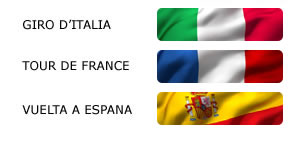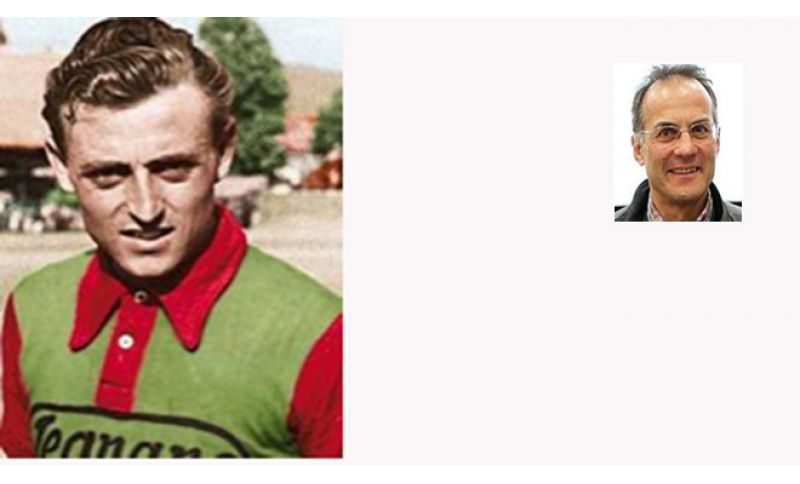

He raced the Giro d'Italia in 1951 with the yellow jersey of Bartali-Ursus. On loan: his official team was Legnano-Pirelli, green jersey. Gino himself wanted him on the team. And he surrendered body and soul to the captain, loyal and generous, honored. He had only asked for one day to express himself freely: the sixth stage, Perugia-Terni, 83 kilometers against the clock. Especially since the start was set in Ponte San Giovanni, where he lived. But at the starting signal, freedom turned into captivity: "Try to arrive within the time limit" - he was told - "don't tire yourself too much, we have three climbs tomorrow to reach Rome and we need you". Turnaround. At the finish line, Fausto Coppi celebrated the victory, Swiss Fritz Schaer the pink jersey.
Remo Sabatini was "A champion of another era", as in the book his son Sergio dedicated to his father, with affection and documents. The times of Bartali and Coppi, the times of unpaved roads when they were the norm and not the exception, the times of wool jerseys with fluttering collars and bikes with iron frames, the times when one raced to build a future, or at least a house, or just a cyclist's shop. Born in 1926, third of five children, brilliant at school (he won a literary prize for the Savings Festival, which earned him 10 lire in a passbook locked for three years), then evening classes and an apprenticeship as an electrician, a job he would do before and after his racing career.
The first bicycle shared with his brother Giovanni. Those who started by bike would hide it halfway and continue on foot; those who started on foot would take the bike halfway and continue pedaling. Or two of them, taking turns, one in the saddle and the other on the crossbar. Until they managed to buy another, used bike. The first races behind a truck, and when others fell behind and he alone stayed ahead, the real races opened up for him. It sounds like a legend: the jersey (thanks to a seamstress who made it using wool scraps), the training (around the house to avoid being caught by darkness), the debut (three races, three victories, by sprint or by breakaway), the first team (Veloce Club Perugino, which made him pay for the jersey: "Cocco, we're sorry but we can't give it to you for free"), the second team (Velo Club Foligno: and there the jersey "for free"), until the decision to leave work and focus on cycling (and the boss who promised "I'll always be here someday", and so he would be).
From 1947 to 1953, seven years lived quickly. Amateur, independent, professional. One day of glory, June 18, 1950, at the 1950 Italian Independent Championship, in Sicily, in Milazzo. At the flying finish in Messina, he pulled away a small group. On San Rizzo, in the Peloritani mountains, the selection. He went on a breakaway. Alone. And alone he reached the finish line with a 4'12" advantage. An eternity. Beyond glory, also the white jersey with a horizontal tricolor band, still framed in the living room of the family home in San Fortunato della Collina, eight kilometers from Perugia, on the road to Marsciano.
Sabatini, that Italian championship title, other victories, many placings. The training camps with Giovanni Proietti's blues in 1949, signing with Legnano in 1950, the same year the North Africa Tour with the French Vedette team in 1950 and the Tour de France with the cadet national team, where Gino began to consider, appreciate, and esteem him. The first stage of that Tour, Paris-Metz, 307 kilometers, nervous finale, fractured group, Remo remained at the front, Ferdy Kubler first who would then win the Tour, him ninth and first among Italians. "That evening in the hotel, Ginettaccio told him: 'You're going strong, if you continue like this you'll win the Tour'. In reality, he asked for a dispensation to have him, from time to time, supporting himself".


Se sei giá nostro utente esegui il login altrimenti registrati.